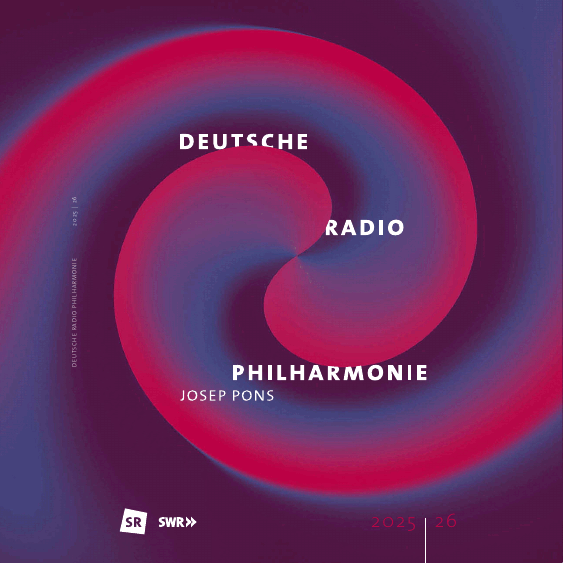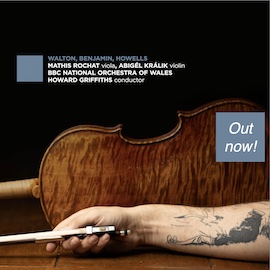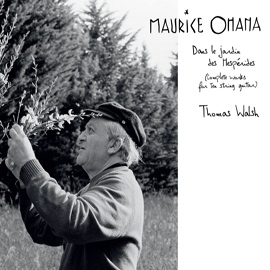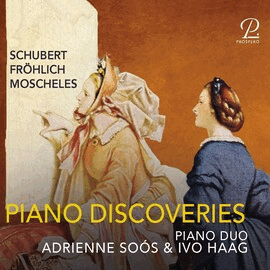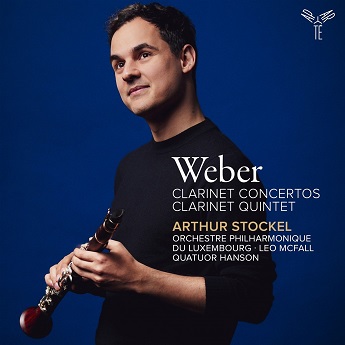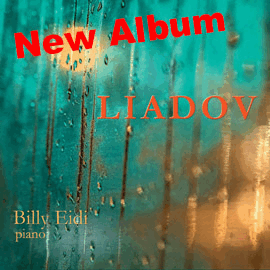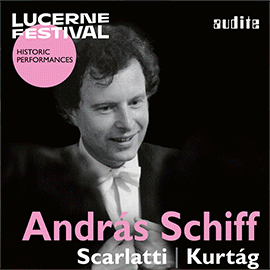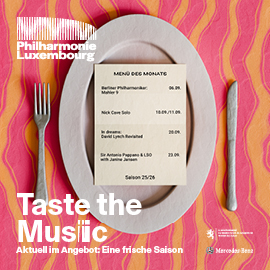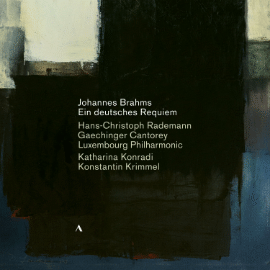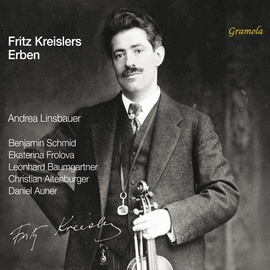Wenn das Klarinettenkonzert auch nicht ganz vorne auf der Beliebtheitsskala der Konzertpodien steht, so ist Gattung doch schon seit der Barockzeit extrem produktiv und gerade im 20. und 21. Jahrhundert werden so viele Klarinettenkonzerte geschrieben wie nie zuvor. Die bekanntesten und beliebtesten sind neben denen von Franz Krommer, Antonio Rosetti und W. A. Mozart wohl jene von Carl Maria von Weber. Und diese beiden Klarinettenkonzerte hat Arthur Stockel, Soloklarinettist des Luxembourg Philharmonic, auf seinem Debut-Album eingespielt.
Hier, wo Musiker wie Sabine Meyer, Walter Boeykens, Jörg Widmann oder Eduard Brunner Aufnahmegeschichte geschrieben haben, erweist sich Stockel als ebenso genialer wie dynamischer Interpret, der die internationale Konkurrenz nicht zu fürchten braucht. Ganz im Gegenteil, Artur Stockels Interpretationen sind sehr individuell und auch sehr gesanglich angelegt, so dass sie sich wohltuend von denen anderer Interpreten abheben. Der Klarinettist erweist sich als ein absoluter Meister in Sachen Gestaltungsfreudigkeit, Spieltechnik und Farbpalette. Der volle Ton seines Instruments ist zur herausragenden Klangspielereien fähig, mal keck, mal nachdenklich aber immer warm und immer leuchtend. Stockel folgt den melodischen Linien und spielt sie so, wie ein Sänger ein Lied interpretiert. Immer mit konsequenter Logik, narrativ und innerer Spannung. Die Musik erklingt somit in jedem Moment lebendig und virtuos, aber immer ohne Effekte und akrobatische Kapriolen.
Stockels ausgeglichene Interpretationen werden von Luxembourg Philharmonic wunderbar unterstützt. Die hervorragende Klangtechnik zeigt ein sehr offenes, fließendes und vor allem atmendes Orchesterspiel in dem sich Arthur Stockel quasi grenzenlos austoben kann. Und es ist gerade diese Leichtigkeit, diese spürbare Improvisationslust und dieser kohärente Dialog mit dem Orchester, was diese Aufnahmen so besonders macht. Der junge britische Dirigent Leo McFall spornt das Orchester zu einer Höchstleistung an und die Musiker, die froh zu sein scheinen, sich auch einmal in diesem klassischen Repertoire zu beweisen, folgen dem Dirigenten mit Engagement und Präzision. Ein ganz besonderer Leckerbissen ist das Klarinettenquintett op. 34, bei dem Stockels Partner das französische Quatuor Hanson ist. Im Gegensatz zu dem vollsymphonischen und runden Klang der beiden Klarinettenkonzerte, wird hier ganz anders musiziert. Die einzelnen Stimmen werden sehr klar herausgearbeitet und alle Musiker arbeiten wirklich solistisch.
Das Quatuor Hanson zeigt sich dabei als ein exzellentes und klanglich vielschichtiges Ensemble. Auch Stockels Spiel wirkt hier noch wendiger, verspielter und akzentuierter. Das ist Kammermusik auf allerhöchstem Niveau. Dank der wirklich herausragenden Interpretationen, einer satten Spieldauer von 71 Minuten und einem herrlichen Klang ist dieses Album rundum zu empfehlen. Und Arthur Stockel empfiehlt sich als ein Interpret internationalen Ranges.
Even if the clarinet concerto is not at the top of the popularity scale on the concert podium, the genre has been extremely productive since the Baroque era and more clarinet concertos have been written in the 20th and 21st centuries than ever before. The best known and most popular, alongside those by Franz Krommer, Antonio Rosetti and W. A. Mozart, are probably those by Carl Maria von Weber. And it is these two clarinet concertos that Arthur Stockel, principal clarinettist of the Luxembourg Philharmonic, has recorded on his debut album.
Here, where musicians such as Sabine Meyer, Walter Boeykens, Jörg Widmann and Eduard Brunner have written recording history, Stockel proves himself to be an equally ingenious and dynamic interpreter who need not fear international competition. On the contrary, Artur Stockel’s interpretations are very individual and also very lyrical, so that they stand out pleasantly from those of other interpreters. The clarinettist proves to be an absolute master when it comes to creative joy, playing technique and color palette. The full tone of his instrument is capable of outstanding sound playfulness, sometimes bold, sometimes thoughtful but always warm and always luminous. Stockel follows the melodic lines and plays them the way a singer interprets a song. Always with consistent logic, narrative and inner tension. The music thus sounds lively and virtuosic at every moment, but always without effects and acrobatic capers.
Stockel’s balanced interpretations are wonderfully supported by the Luxembourg Philharmonic. The outstanding sound technique reveals a very open, flowing and, above all, breathing orchestral playing in which Arthur Stockel can play almost without limits. And it is precisely this lightness, this palpable joy of improvisation and this coherent dialog with the orchestra that makes these recordings so special. The young British conductor Leo McFall spurs the orchestra on to a top performance and the musicians, who seem to be happy to prove themselves in this classical repertoire for once, follow the conductor with commitment and precision. A very special treat is the Clarinet Quintet op. 34, in which Stockel’s partner is the French Quatuor Hanson. In contrast to the full symphonic and rounded sound of the two clarinet concertos, the music here is completely different. The individual parts are worked out very clearly and all the musicians really work as soloists.
The Quatuor Hanson proves to be an excellent and tonally multi-layered ensemble. Stockel’s playing also seems even more agile, playful and accentuated here. This is chamber music at the very highest level. Thanks to the truly outstanding interpretations, a full 71 minutes of playing time and a wonderful sound, this album is highly recommended. And Arthur Stockel recommends himself as an interpreter of international standing.
https://www.pizzicato.lu/arthur-stockel-wenn-man-vieles-macht-wird-man-einfach-vollstandiger-in-seiner-musikalischen-personlichkeit/



